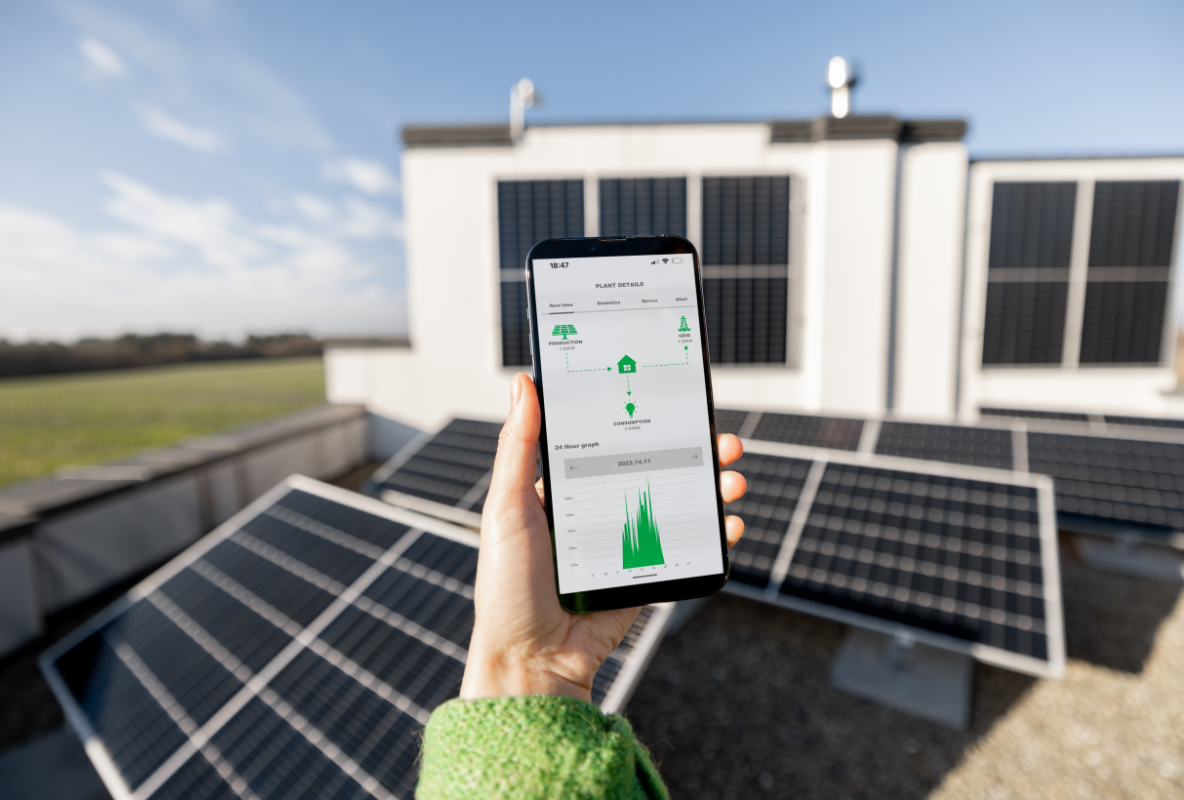One of the key programmes recently launched is the Energy Savings Certificates (CAEs). This initiative promotes building rehabilitation in terms of energy efficiency, contributing to the reduction of energy consumption and CO2 emissions.
The foundations of energy efficiency in Spain
Energy efficiency involves using less energy to carry out the same activities. In other words, it is about maximizing the efficient use of energy resources. In Spain, this goal is closely linked to the Eu’s commitments regarding decarbonisation, established in the Paris Agreement and the European Green Deal.
Like other EU countries, Spain is required to meet a series of energy savings targets. Between 2021 and 2030, Member States must reduce their annual energy use by an average of 0.8%, using the three years prior to 2019 as a reference point.
Currently, one of Spain's major challenges is the ageing building stock. Many buildings have not been retrofitted to improve their energy efficiency. Programs like CAEs promote the retrofitting of existing properties, providing a significant opportunity for savings and paving the way for more nZEB buildings.
Through Spain’s energy efficiency geo-portal, the public can access information about buildings that hold an energy efficiency certificate. A quick look at capitals like Barcelona highlights the importance of investing in energy retrofitting through programs like CAEs.

Overview of energy efficiency in the city of Barcelona, with overall ‘D’ and ‘F’ values.
What are CAEs? Basic information about Energy Savings Certificates
CAEs are a system that encourages energy retrofitting by implementing improvements that reduce energy use. This system is regulated by Royal Decree 36/2023 and allows companies and individuals to obtain certificates for the energy savings generated.
Each CAE represents a saving of 1 kWh per year. For instance, if an office replaces traditional bulbs with LED lights and achieves an annual savings of 100 kWh, 100 CAEs will be issued. These certificates can then be sold or settled in a secondary market.
In the following sections, we will delve into the parties involved in the CAE System, but let’s illustrate how this system works with an example:
Imagine a company like Endesa (which is legally required to contribute to the energy savings system) decides not to make direct contributions to the National Fund for Energy Savings (FNEE). Instead, it chooses to purchase CAEs generated by an individual who has improved the energy efficiency of their home by installing a more efficient heating system and replacing the windows. A delegated person validates the process, and the CAEs are transferred to Endesa to meet its obligation. Meanwhile, the individual receives compensation for the CAEs they have contributed.
How to obtain CAEs? Energy efficiency actions outlined
 There are two main types of actions that allow both companies and individuals to obtain CAEs (Energy Savings Certificates):
There are two main types of actions that allow both companies and individuals to obtain CAEs (Energy Savings Certificates):
- Standardized actions: these involve simple, replicable measures listed in the CAE catalogue. Currently, there are 11 entries in this catalogue, with savings calculation instructions categorised by sector (agriculture, industry, tertiary, residential, and transportation). The catalogue can be accessed here.
- Singular actions: these encompass more complex measures that require verification of the calculation methodology.
Some examples of standardized actions in the industrial sector include:
- Replacing the refrigerant in a refrigeration system.
- Replacing an existing combustion boiler with a heat pump.
- Upgrading the lighting system to use LED sources and/or fixtures.
- Partially or fully replacing the thermal installation with solar thermal technology.
- Recovering heat from exothermic processes to be used in endothermic processes within the same facility.
It is also worth mentioning that an online platform is currently being developed to enable users to manage the entire process of applying for and settling CAEs quickly and efficiently.
Example of a standardized action sheet, in this case for the industrial sector.
Where does the CAEs system come from?
The CAE system is linked to the obligations that certain companies have within the National Energy Efficiency Obligations System (SNOEE). These companies include gas and electricity suppliers, as well as wholesale operators of petroleum products and liquefied gases. All of them are required to meet annual energy savings quotas, and within the context of the CAEs, these companies are referred to as 'obligated parties'.
Before the implementation of the CAEs, these companies contributed to the National Energy Efficiency Fund (FNEE), managed by IDAE. However, the CAEs provide a more direct and straightforward alternative for fulfilling these obligations, eliminating the need for intermediaries and streamlining the process.
Who does what? The stakeholders involved in the CAEs System
The Energy Savings Certificates (CAEs) system involves several key players:
- Obligated parties: as previously explained, these are energy companies (gas and electricity retailers and wholesale operators) that must meet energy savings obligations. They can choose to pay into the National Energy Savings Fund (FNEE) or comply by purchasing and settling CAEs.
- Delegated parties: these are companies that can assist the obligated parties in obtaining CAEs, by managing their acquisition and settlement on their behalf.
- Savings owner: This is the individual or company that implements energy efficiency improvements that generate savings. These savings can be transferred to third parties in exchange for financial compensation.
- End user: this is the person who benefits from the efficiency measures, typically coinciding with the original savings owner.
- Energy savings verifier: This is the entity accredited by ENAC that checks that the measures have been implemented, that the documentation is correct and that the declared energy savings have been achieved.
Conclusion
In conclusion, the Energy Savings Certificates (CAEs) system represents a significant opportunity for both businesses and individuals looking to enhance the energy efficiency of their properties. This system not only effectively contributes to the reduction of greenhouse gas emissions and energy use but also provides a pathway for generating additional income through the sale of certificates in a secondary market.
Furthermore, by promoting the retrofitting of buildings and the implementation of more efficient technologies, CAEs aid in revitalizing the real estate sector, increasing property values and improving the quality of life for their occupants. For companies, this offers a more flexible and direct way to meet their legal energy savings obligations, allowing them to avoid contributions to the National Energy Savings Fund (FNEE) by purchasing CAEs generated by third parties.


